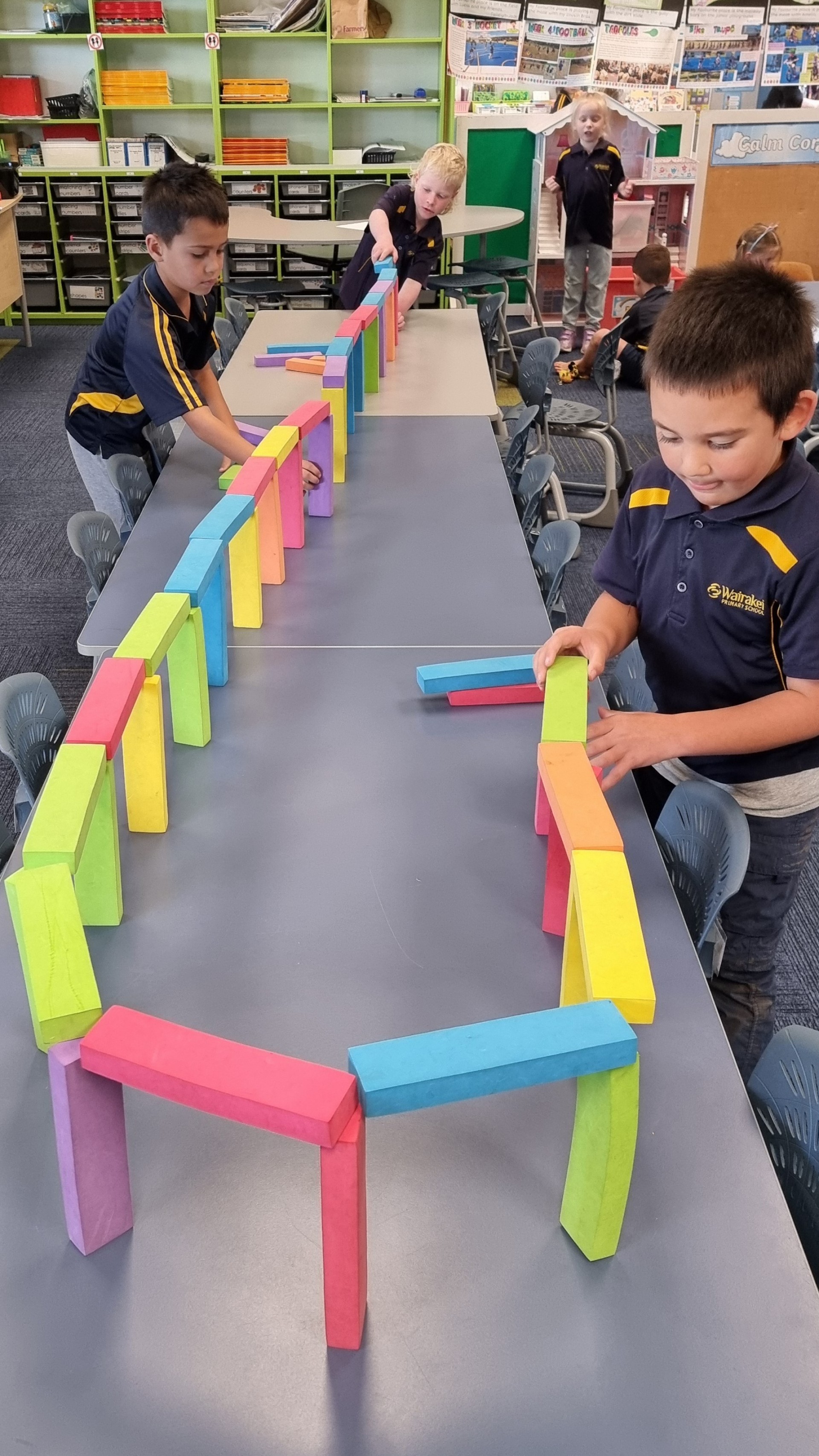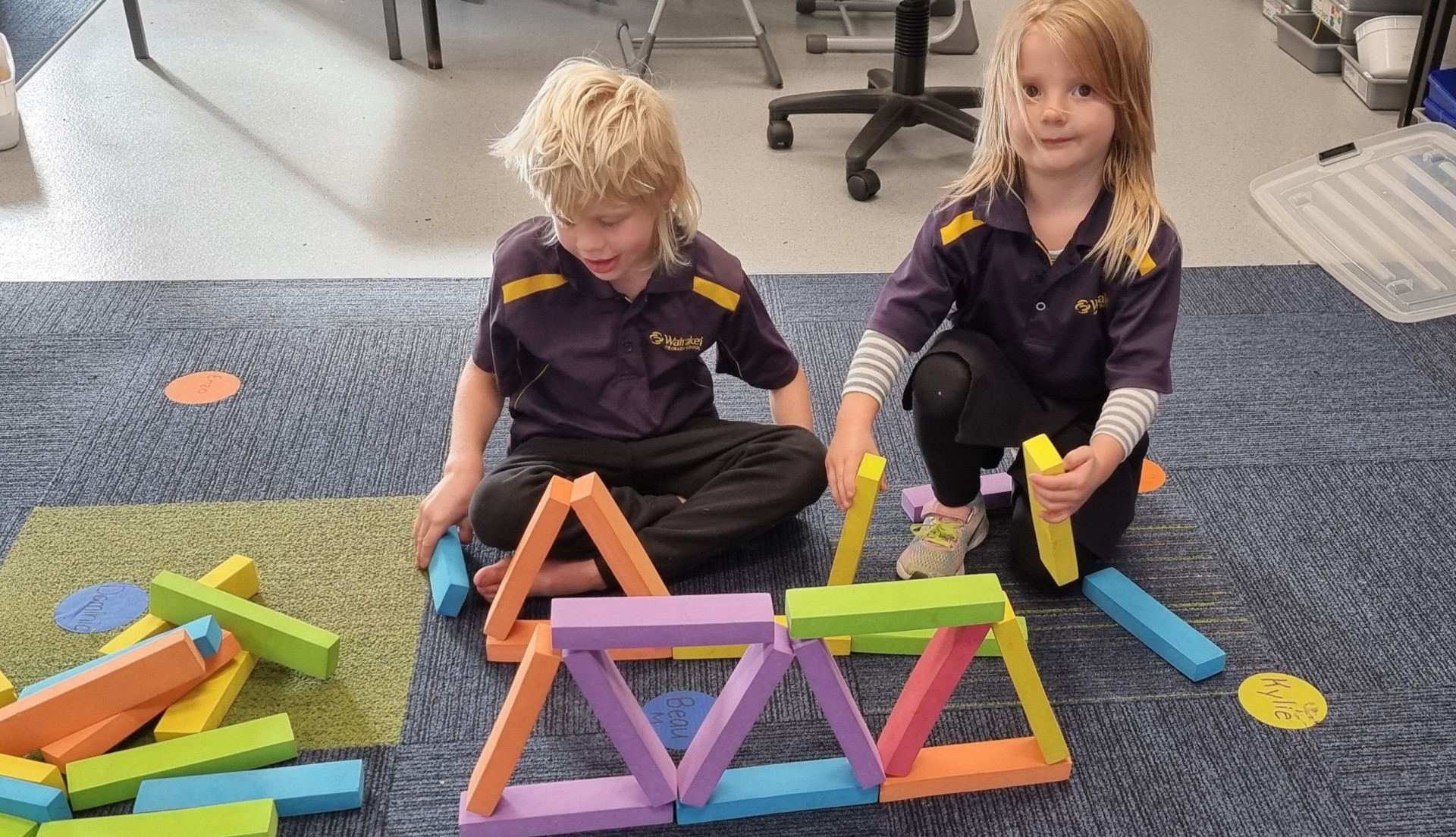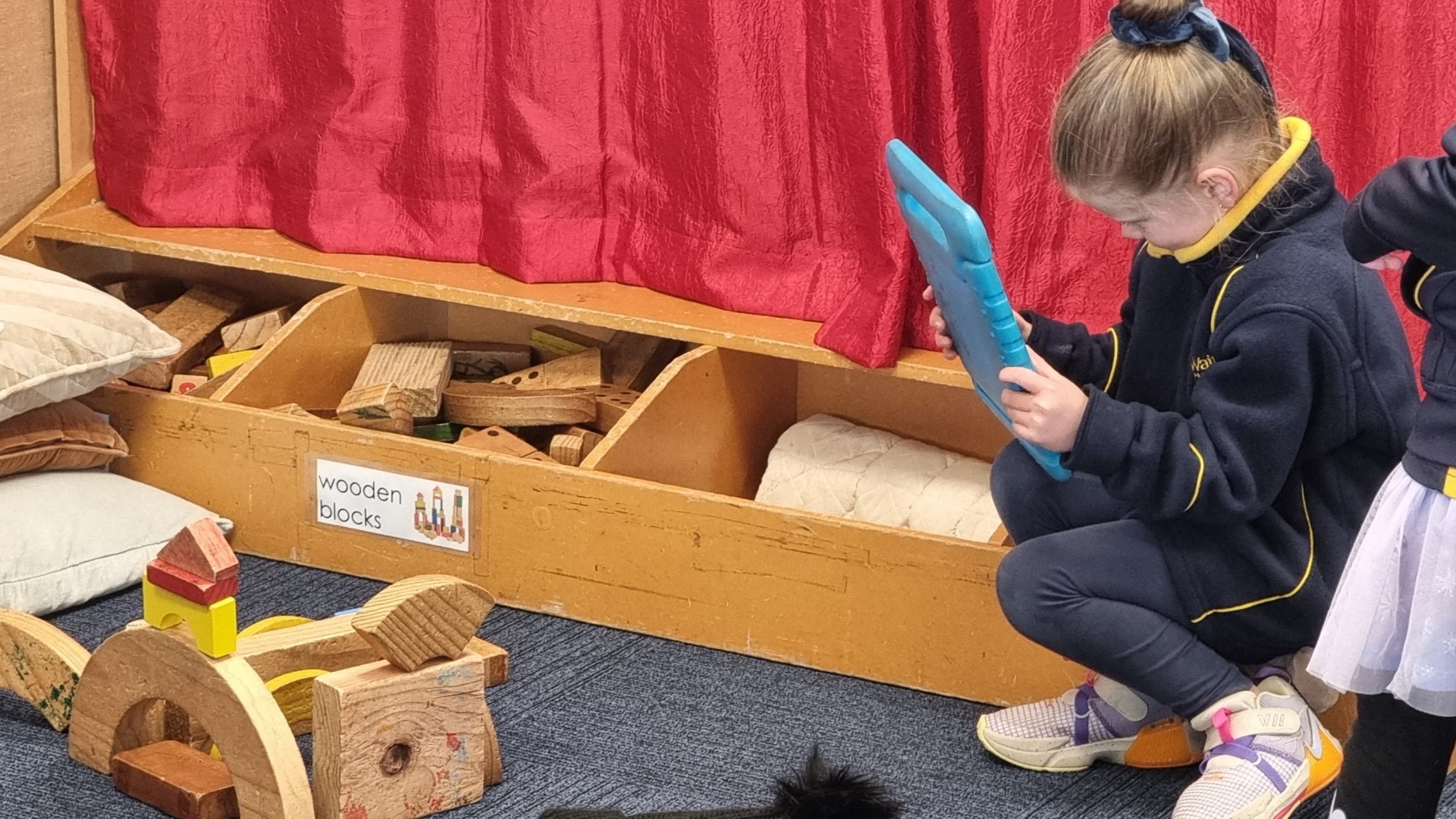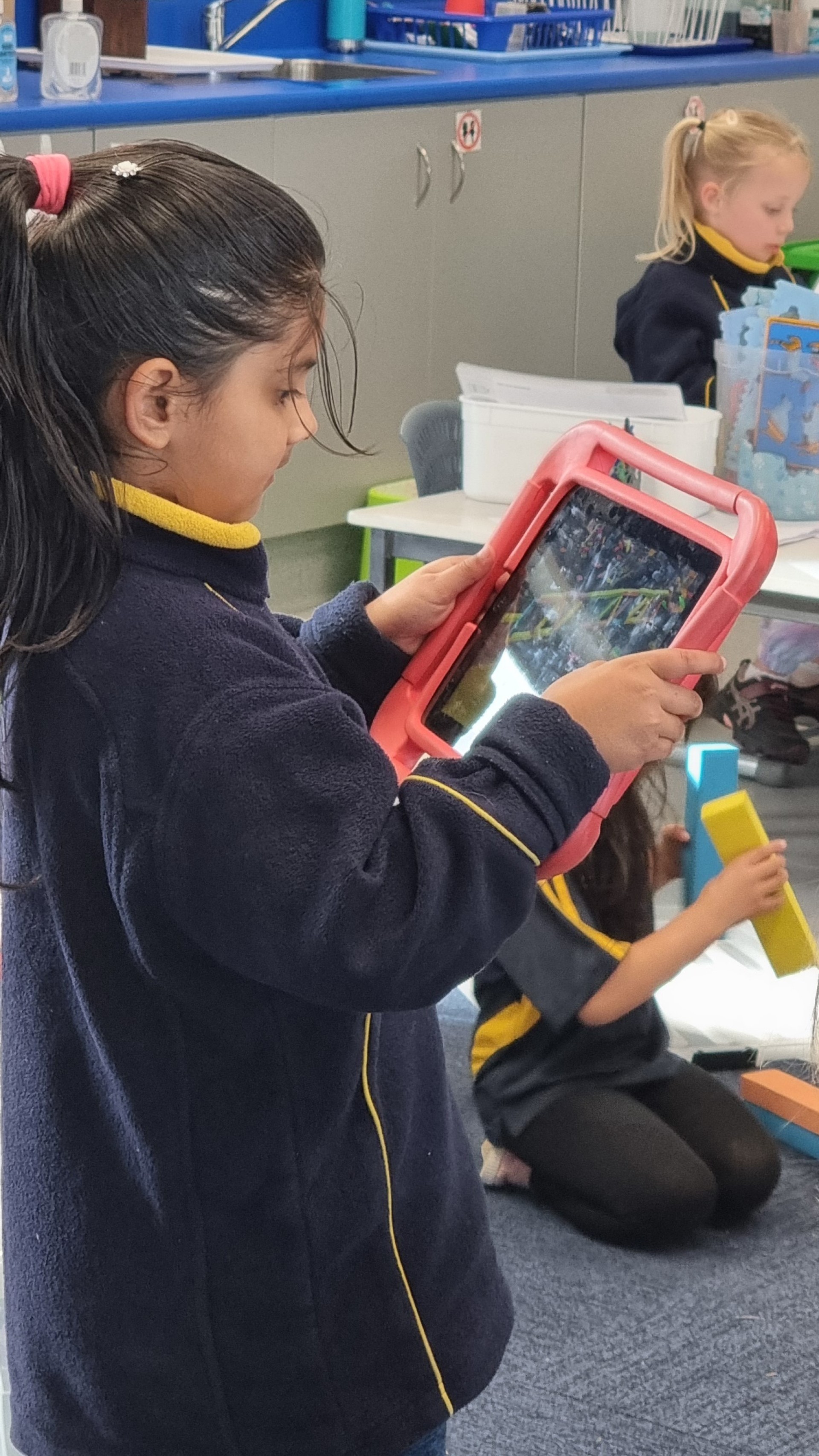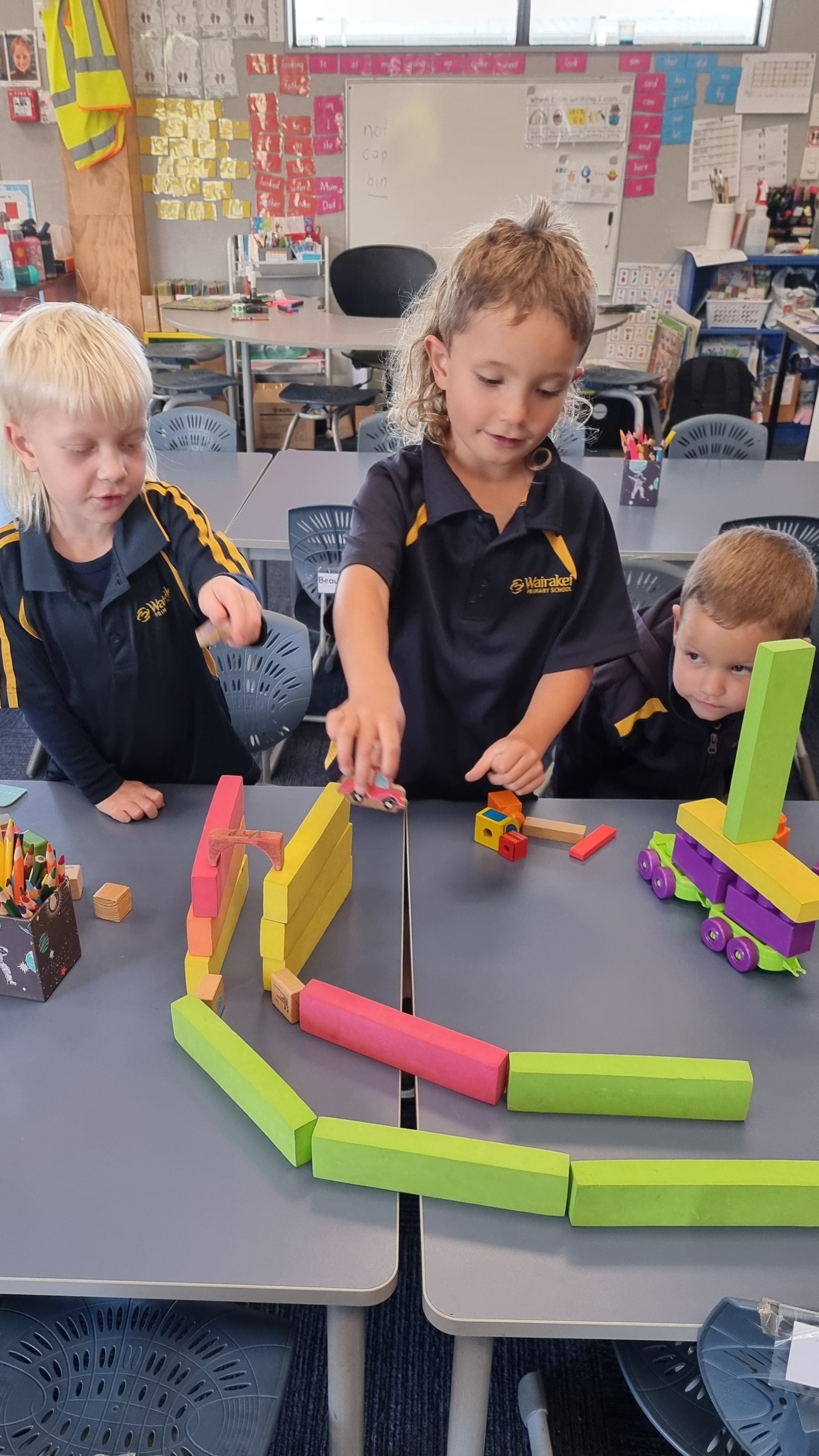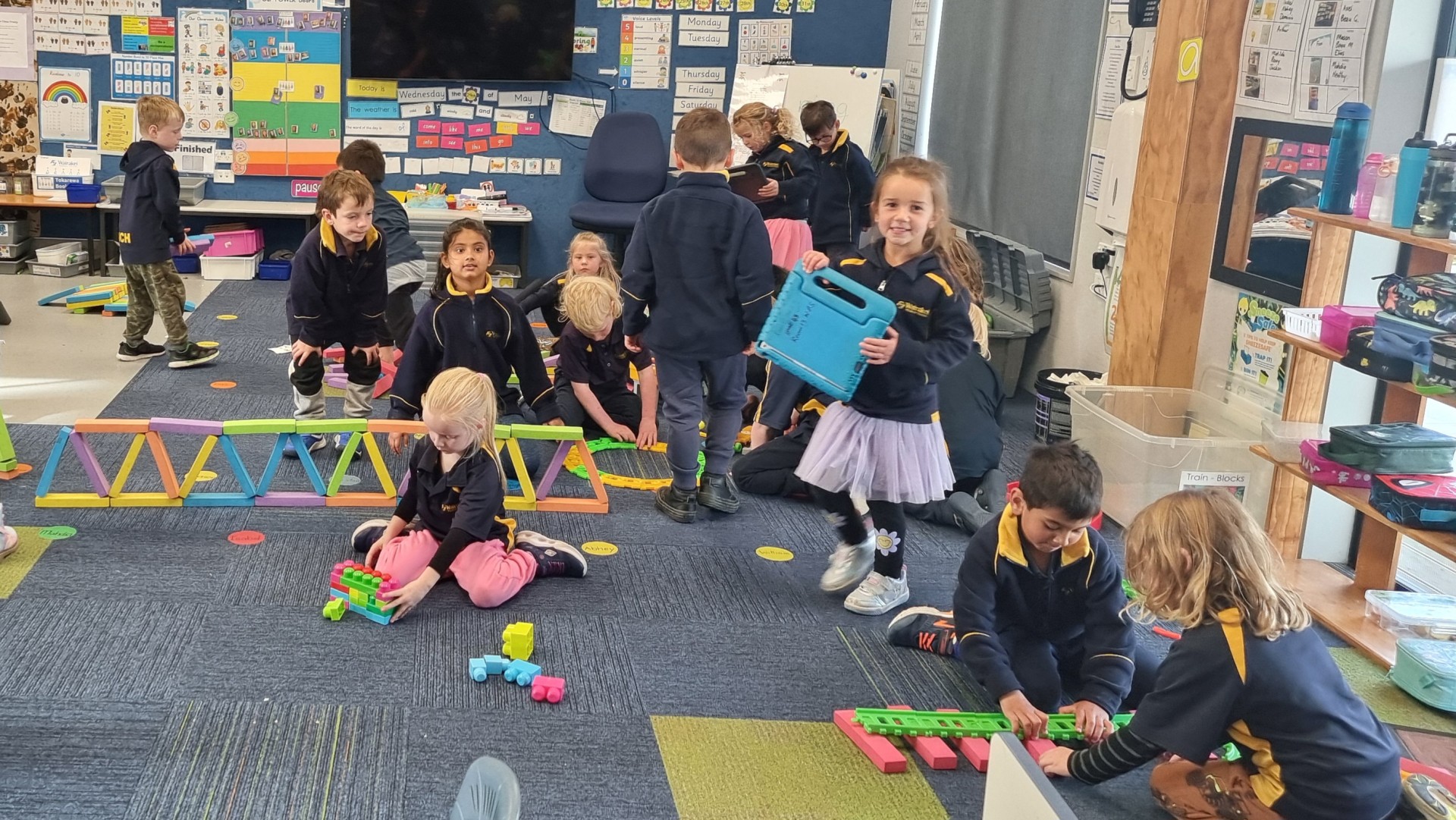There are many different types of bridges to learn about and delving into the construction of these bridges sparked great conversations and interest with the students. Truss, beam, suspension, arch, and cantilever bridges discussions took place.
Photos of bridges from around the world were examined closely. Bridges from modern times and older times depicted the change in building materials and style. Discussing the photos in think, peer, share, the groups compared the different styles of bridges they observed and how they thought the bridges are made.
Students made connections between the building materials used and the type of bridge. Before the class built the bridges they discussed how bridges are constructed, and why they are shaped the way they are. We also talked about the types of materials used for real life bridges. Things like, steel, cables, concrete, stones, and wood and why these are used for different types of bridges.
Suspension bridges are really strong and have big steel cables to help hold them up. The Golden Gate bridge is a suspension bridge.
Beam bridges are straight and have lots of pillars underneath them to make them strong.
I like truss bridges with the triangles. The triangles make them strong. Lot’s of train bridges are truss bridges.
Lots of arch bridges are really old and are made out of stones. They arch over streams and rivers.
Building the Bridges
Building the Bridges
Using materials available within the class, students worked with their peers to experiment with building the different types of bridges. The students showed they could explain what they did, the type of bridge they were constructing and the purpose of the parts of the bridges.
The bridge we built is a beam bridge with strong pillars to hold it up and it has sides so cars don’t fall off the side into the river.
By doing the pre learning about bridges before the actual building, students could use engineering vocabulary and then use their new knowledge in a practical way.
Many of the students chose to build simple beam bridges. A straightforward type of bridge and the materials available were most suited for this build.
Our bridge needed lots and lots of pillars to hold it up so it was supported. It went all the way along the tables and it even curved around a corner.
My bridge is a beam bridge with strong pillars. I have put some extra support at the bottom of the pillars to make it stronger. I have a small arch bridge underneath the big bridge.
Some students attempted to construct a suspension bridge from shoe laces. This was challenging. Students learnt to problem solve and to modify their thinking and change direction while coping with initial disappointment.
Our bridge is a truss bridge. It has lots of triangles so it is strong. I liked making the blocks balance to make the triangles for the sides.
I worked with my friend to build the bridge. We made strong pillars for our bridge with the blocks.
Our bridge had a river under it so it had lots of pillars so it could go across the river.
Zoom In Zoom Out Photos
After the building was done, students used iPads to take photos of their constructions. The aim of the photography was to be able to zoom in on one part of the build then zoom out to photograph the whole bridge. This was an interesting task and allowed for great teamwork and conversations. Students needed to keep the iPad still and then zoom in or out to take the photos and show a different focus.
I used the iPad to take photos. I could use my fingers to make the camera zoom in and zoom out so I could get photos of the whole bridge and part of the bridge.
Since having the bridge building challenge in class, the students have often been building bridges. They draw bridges at the art table. Engineering talk has been heard and the engagement and interest in this area of learning has been evident. Developing builders, engineers, inventors, and creative, critical thinkers within the classroom has sparked a sense of fun and excitement.


